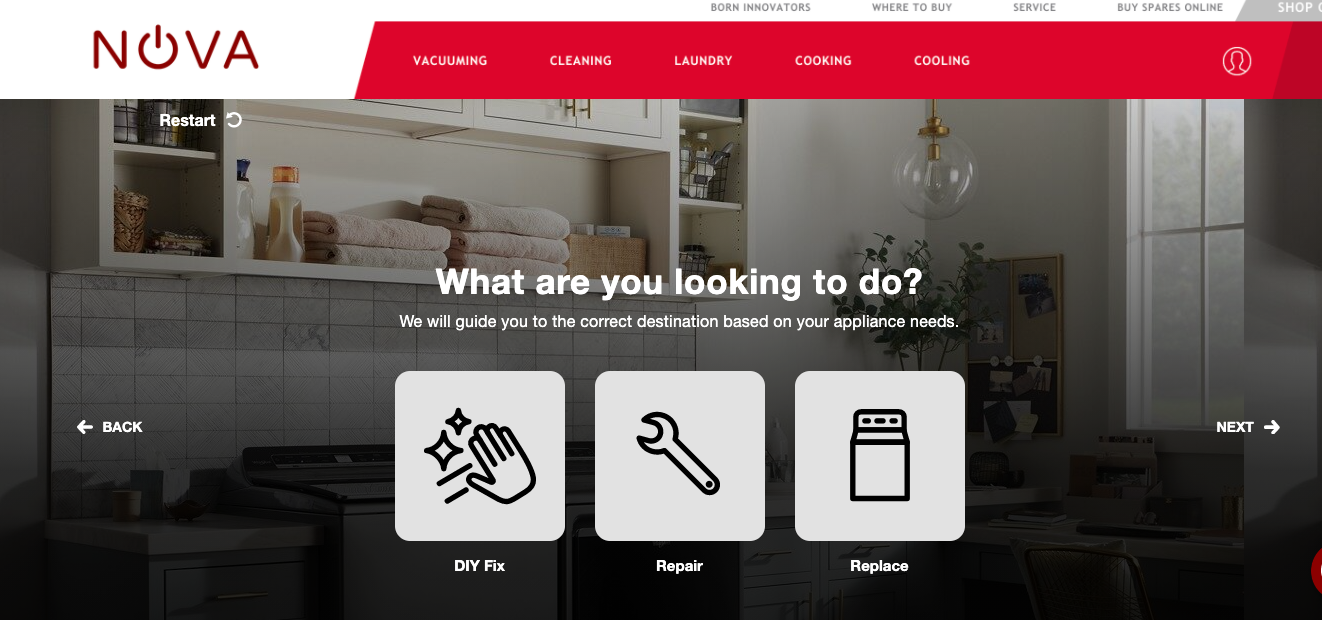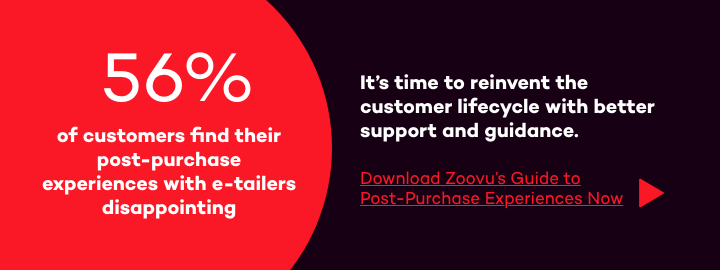You finally made the sale!
Exciting, isn’t it?
You’re tempted to lean back, close your eyes and relax. After all, you need the rest considering your “conversion” efforts.
Sounds good, doesn’t it?
Believe it or not, your work has just begun.
Surprisingly, it costs about 5x-25x more to attract a new customer.
What’s even more shocking? Only 18% of companies focus on customer retention.
But hang on a minute. This is good news.
This situation presents an opportunity for eCommerce businesses to get ahead of their competition.
So, what’s the big secret? The quality of your post-purchase customer experience.
But is it that important?
You guessed it. Yes, it is.
Let’s explore why.
Post-Purchase Customer Experience—The Giant Question “Why?”
Listen:
If you stop paying attention to your customers when they complete their purchases, you miss out on the chance to turn them into loyal customers.
What’s more?
The reality is that the post-purchase customer experience is broken, just like the product discovery experience.
Why is this the case?
The current post-purchase experience isn’t usually customer-centric.
There’s a significant focus on extra revenue and not enough on what the customer needs. Ecommerce businesses need to re-think this and do better.
The secret to longer customer lifetime value focuses on providing additional value even after the purchase is made.
So how can eCommerce businesses enhance the post-purchase customer experience?
Let’s find out.
5 Ways to Improve Digital Customer Service and Support
#1. Go Beyond Generic Notifications
Do you want to reduce your customer acquisition costs?
Well then, focus on your post-purchase customer experience.
Use every interaction with your customer to make them feel special and valued as your customers.
Use various communication opportunities to make an impression on your customers.
For example, you can use personalized emails at every step of the post-purchase journey such as:
- Order confirmations
- Shipping confirmations
- Returns and exchanges
- Loyalty program communication
- Notification of new products and services.
Ecommerce businesses may lose the opportunity to gain customer loyalty when they send generic notifications.
Did you know that order confirmations are some of the most frequently opened emails?
Take advantage of this information to say thank you and improve your customer’s post-purchase experience.
Remember that having customers choose your products and services is a privilege. They can always take their business elsewhere.
Ecommerce businesses can also use shipping notifications to remind their customers that they can help with elements such as set-up, product tips, and warranties.
This simple addition can encourage customer retention while improving their post-purchase experience.
#2. Provide Information
This point seems obvious, but it isn’t.
Don’t you hate when you buy a product and can’t even assemble it?
Even worse is when the only directions you have are a few drawings that don’t help.
We’ve all been there.
Ecommerce businesses need to get proactive when it comes to providing information to their customers.
Don’t wait for customers to jam your customer support phone lines for quickly, answered questions.
What should you do instead?
Provide the customer with all the relevant product information and how to use it efficiently. You want the customer to enjoy your product with no hassle.
Consider providing your customers with ‘how-to’ guides, information booklet, and FAQs with every purchase.
These items should also include product care tips that encourage customers to buy from you again.

When these don’t help, eCommerce businesses can use service assistants to help with the most common customer troubleshooting and set-up questions.
Nothing annoys customers as unanswered queries.
#3. Provide Omnichannel Customer Support
Omnichannel support is critical to a positive post-purchase customer experience.
So, what exactly is omnichannel support?
Omnichannel support focuses on delivering a personalized and consistent experience for eCommerce customers across all channels and devices.
The catch?
You need to leverage AI.
Service bots and assistants can help answer routine easy-fix questions from customers.
However, when a query is too complex and needs individual attention, these types of queries can be directed to a live agent.
In the long run, this helps reduce customer churn.
So what value do service bots and assistants provide?
Service assistants guide customers through best practices with easy-to-follow step-by-step instructions that they can move through at their own pace.
Moreover, they can address common questions and inquiries at any time, freeing up a live chat or call center personnel to focus on more complex support needs.

Service assistants also give the human customer service agents more time to handle more complex issues and increase their first call resolution.
In the long run, omnichannel support keeps your customers happy—and they keep coming back.
#4. Give Product Recommendations
Product recommendations aren’t just about more money.
Product recommendations provide an opportunity to give the customer what they need even if they may not know it yet.
Ecommerce businesses can explore what products that customers have bought together—at the time of purchase or at a different time altogether.
For example, if you sell gardening equipment, customers who buy wheelbarrows are probably doing landscaping jobs.
That might suggest that they might need gardening gloves, handheld tools, and things like a shovel.
Also, data on additional products bought most frequently can help ecommerce businesses create the right communication to their customers.
What’s more?
Personalized data helps with better and more accurate recommendations for the particular customer.
#5. Refund and Return Policies
Sometimes stuff just doesn’t work. Customers want your products to work for them.
While you’re in business to make a profit, don’t be a douche to your customers.
Gasp! Yes. We said it.
Ensure your customers are fully aware of your refund and return policies.
Transparency in this area builds trust with your customers as it demonstrates that you care about their needs.
So, what do you do when stuff doesn’t work?
Offer a refund or recommend a suitable alternative product to them.
Inspire their loyalty.
Get Ahead of Your Competition—With AI-Powered Tools
Here’s the reality: Currently, the post-purchase customer experience is broken.
So how can eCommerce businesses fix this while increasing customer loyalty?
You can invest in AI-powered tools such as service (digital) assistants post-purchase.
But is it that simple?
The straight answer is yes. Take a tour and explore which tools are best for you.
Still not convinced?
Let Zoovu’s team of experts help you out.
Reach out today.


